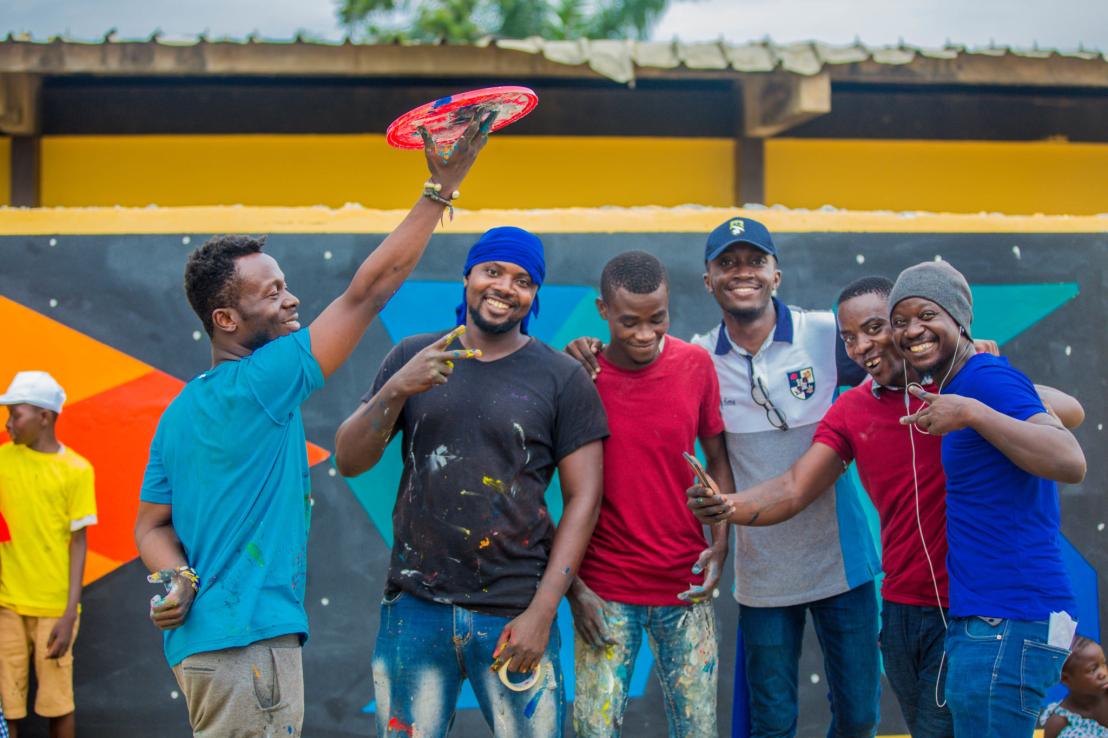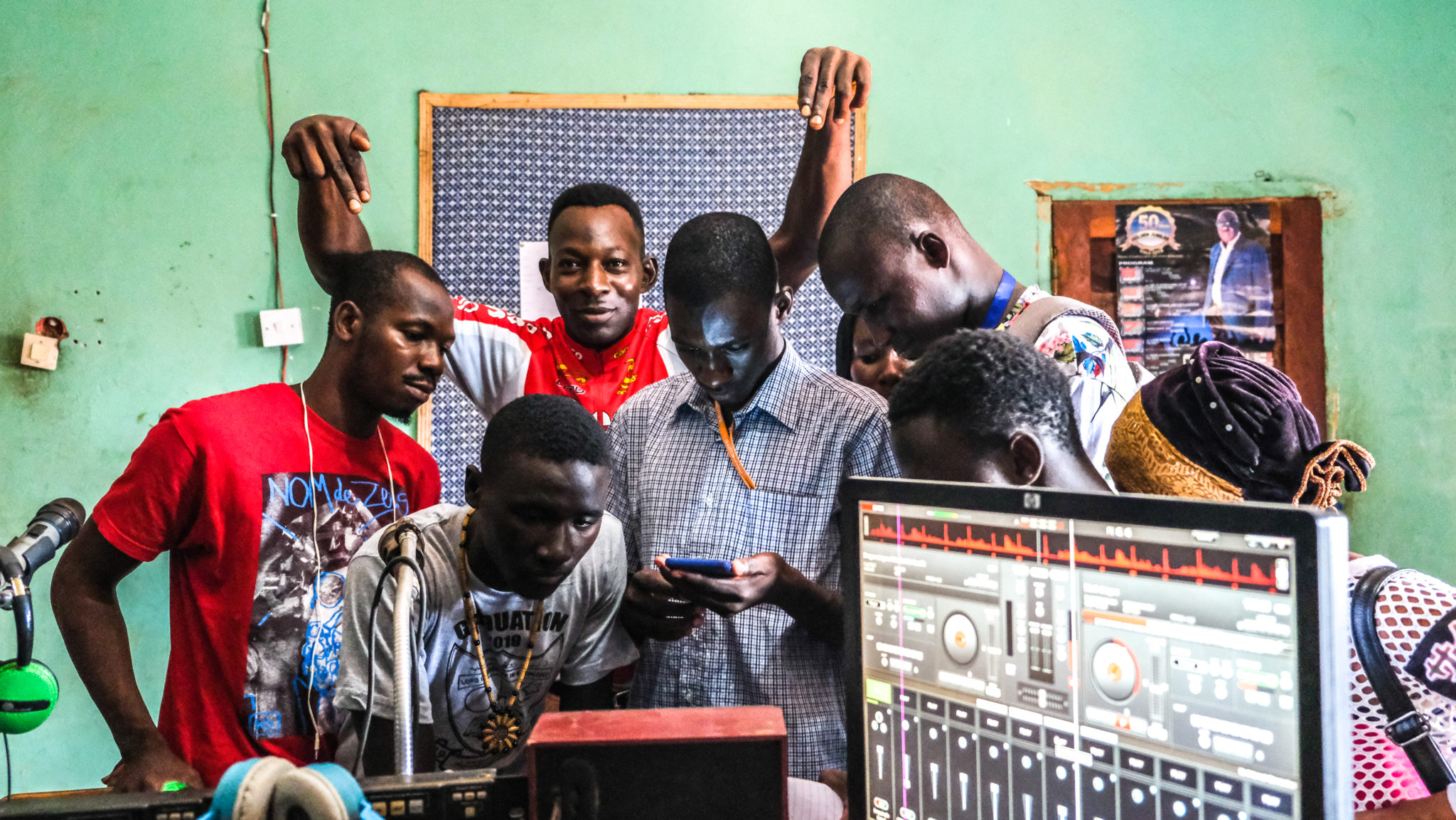Open & Accessible: Utilizing the Public Space
Why we love activities in public spaces
In this blog, we will have a look at the positive effects of combining creative interventions and awareness raising in public space, and what you can do to unfold its inclusive powers.
What do we understand by public space?
Public space can be defined as …
“an area or place that is open and accessible to all peoples, regardless of gender, race, ethnicity, age or socio-economic level. These are public gathering spaces such as plazas, squares and parks. Connecting spaces, such as sidewalks and streets, are also public spaces. In the 21st century, some even consider the virtual spaces available through the internet as a new type of public space that develops interaction and social mixing.”
UNESCO

Why does it matter?
Because they’re accessible and open, public spaces can play an important role in improving social cohesion. And this can be a central element in the inclusion of migrants. Especially in dense urban areas, public space can make encounters and interaction possible. It’s the place where different communities meet and interact.
Public space can also give young people a chance to build something, meet and express themselves. It’s often at football or basketball courts, parks, skate-friendly lanes, or beaches that activity and encounters take place. Many great ideas and projects were born out of these random interactions. It’s a neutral meeting ground for like minds to connect.
What makes public spaces ideal for awareness raising?










